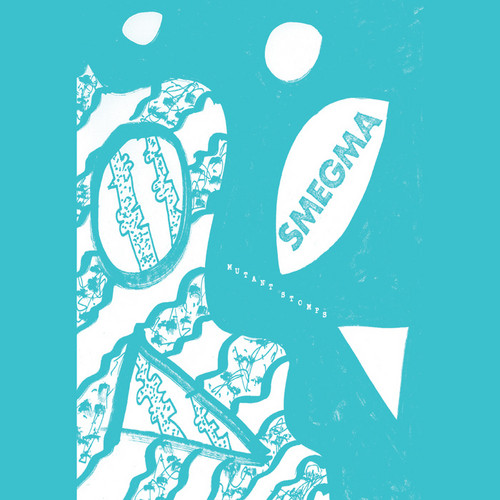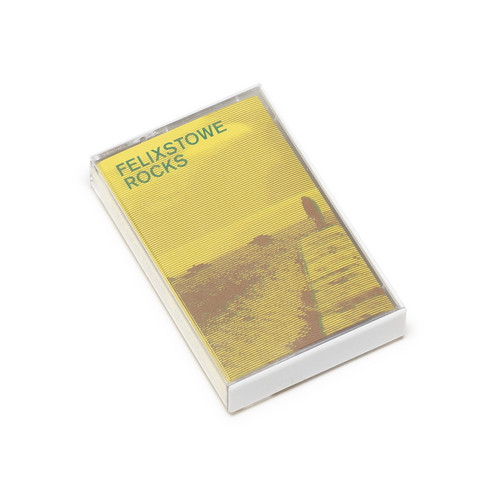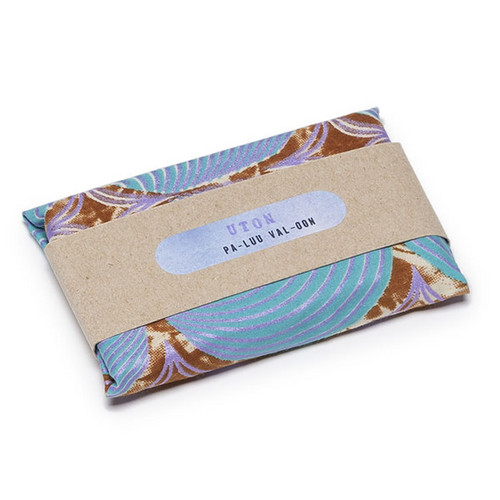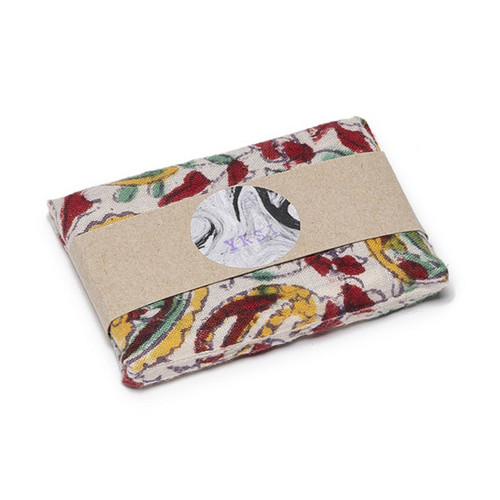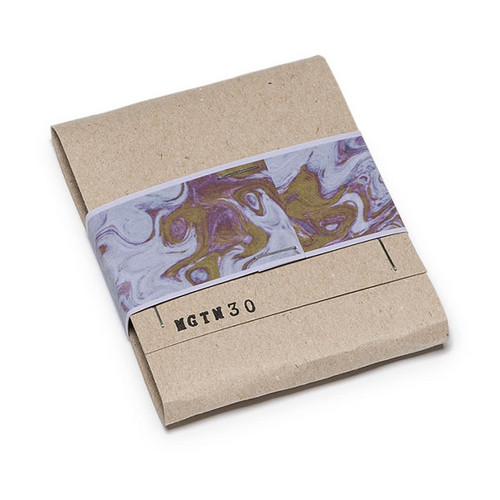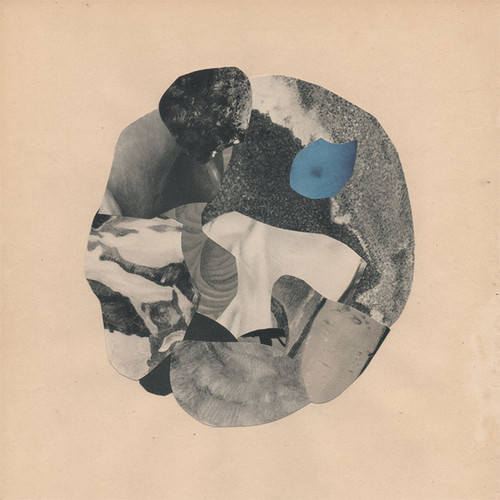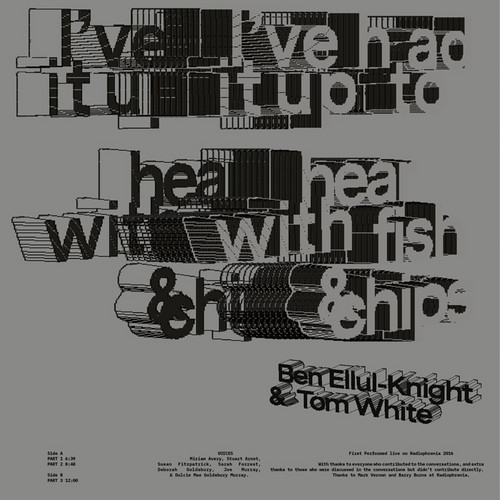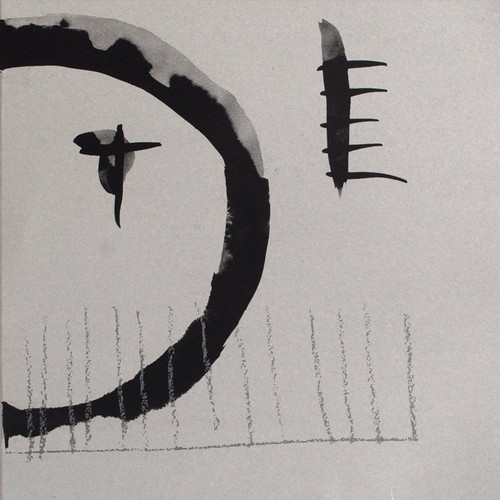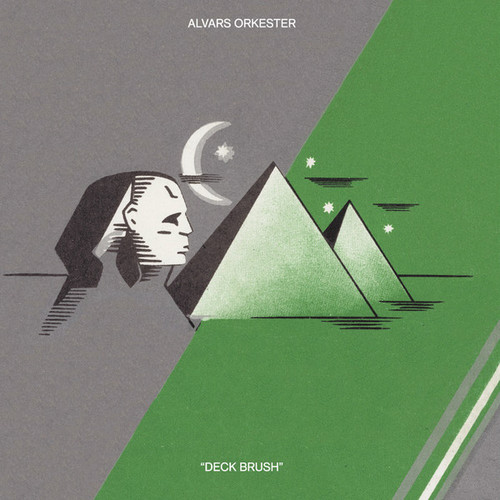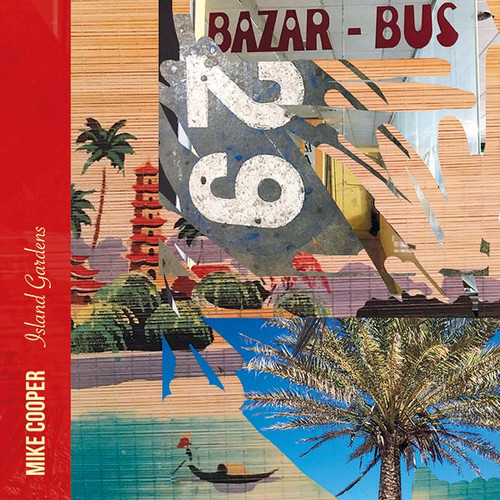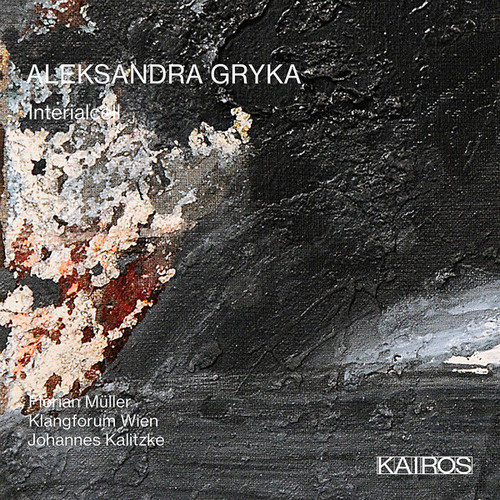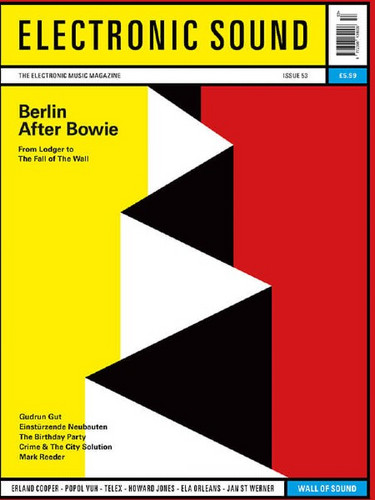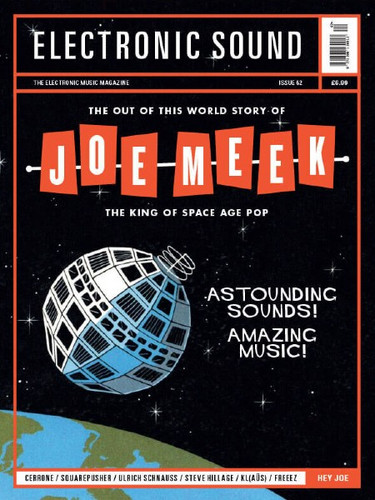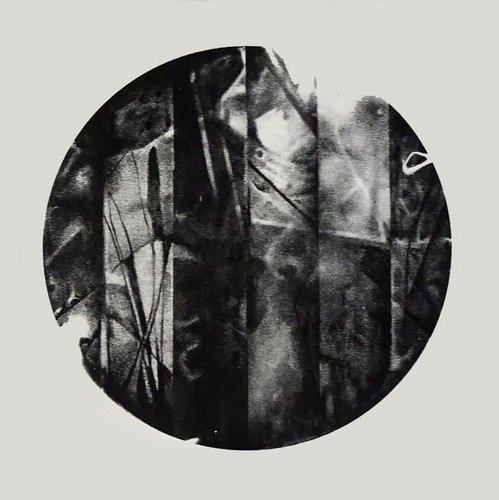New Arrivals
Mutant Stomps
These American legends of outsider avant-garde need little introduction. Since becoming core members of the Los Angeles Free Music Society five decades ago, they have retained their focus, determination and unmatched originality, influencing generations and never seizing to advance further avenues of progress. Mutant Stomps is a result of Smegma’s living room recording sessions at their pink house in Portland. All tracks were produced 2012–2013, with one dating back to 1975 for good measure. The…
Sync or Swim
* Edition of 200 * A limited cassette replication of Felixstowe Rocks, a “compilation” primarily consisting of Robert Cox’s own music under several pseudonyms, will be offered as a mail order exclusive with the release of Sync or Swim. Pete Swanson & Jed Bindeman’s Freedom To Spend reissue a reel 1984 gem from Robert Cox’s (aka Rimarimba) Unlikely Records, refracting a spectrum of his musical alter egos over 10 tracks of lilting ambient, folk and synth wooze from the top shelf. Newly transferre…
Pa-luu Val-oon
* Edition of 40, cloth cover, hand-made sleeve * Uton's Pa-luu Val-Oon was recorded between July and October 2017 in Turku, Finland. The album was originally released on cassette by American label NullZone in 2018. The edition was 50 copies, and it was sold relatively fast, so it was about time to make another edition, so that this album can be available again. Pa-luu Val-Oon offers a deep transcendental sound, sometimes noisy and intense, even dark, but always keeping on the road into the ligh…
Esoteric Construction
* Edition of 30, cloth cover, hand-made sleeve * The Brain Dwarf is another brain child of Jani Hirvonen, and his neverending experiments in a psychic world. No idea when he could stop this madness and to start to live normally with a real day job. But let's do not worry about that, because as long as this 'experimento psychedelica spiritualito' lasts, we will have a lot of new music to listen - if we want, of course - because there's still no-one to force to listen any of this.
Esoteric Const…
Yksi Kaikessa, Kaikkeus Yhdessä (Tape)
* Edition of 30, cloth cover, hand-made sleeve * Electronic harsh noise with psychedelic flavours, delivered by Jani Hirvonen (Uton) titled Yksi Kaikessa, Kaikkeus Yhdessä (= One in All, the Universe in One). YKSI came back from the infinity, just to bring out some fresh new noises to the people. These sounds came strongly and deeply, later edited and mixed for this powerful album
Apparat
* Edition of 35, hand-made sleeve * Finnish neo-krautrockish psychedelia with electronic elements; techno included! Fresh and colourful mix of cosmic sounds. Saksa is an one-man-band of Lauri Väinölä, and it is the first album of this project (and we surely want to hear more!). *** Music made with drum machine, synthesizer, bass, guitar and miscellaneous recordings.
At Home at Night
* Edition of 100, hand-humbered * At Home is a recording of a live performance at 01, Whitechapel Gallery's sound night. It consists of samples from Ziad Nagy's parents' wedding video.
Ziad Nagy (b.1989) is an interdisciplinary artist. He uses found material in an array of mediums to create interventions that are broadly existential: identity, life, death and time. He currently resides in London.
Oscar's House
* Edition of 50 * Jungle Gym Records presents "Oscar's House", official label debut of legendary Italian experimentalist Ottaven. Here between ferns, sounds from the outside world leak through greenhouse windows, captured mid-air in perfect vignettes of incense smoke and micro-electronics. As we traverse these gardens of the mind, a sense of calm permeates the chaos, each vibration a tiny brushstroke in our new (holistic) vision of reality.
Across well over a decade of sonic, sculptural, fashio…
Four Pieces / Seeking a Vision (2LP in bundle)
This bundle collects the first two releases by Fragments Editions, namely the following:Mike Majkowski "Four Pieces" (LP)Renaud Bajeux "Seeking a Vision" (LP)Mike Majkowski "Four Pieces" (LP)** Edition of 100 hand-numbered copies ** "I could count my visits to nightclubs on the fingers of one hand. I therefore have few memories of them, if any. Though I can’t account for the idea, I imagine that Mike’s music could be emanating from one of these clubs where I’ve not been; one that would have been…
Four Pieces
** Edition of 100 hand-numbered copies ** "I could count my visits to nightclubs on the fingers of one hand. I therefore have few memories of them, if any. Though I can’t account for the idea, I imagine that Mike’s music could be emanating from one of these clubs where I’ve not been; one that would have been deserted hours before. There, the music would have lingered on in slow-motion, repetitively. And there I would have woken up, crazed and unable to remember any recent events." - Morgan Cuine…
I've Had It up to Hear with Fish & Chips
* Edition of 300, hand-humbered + Obi * I've Had It up to Hear with Fish & Chips by Ben Ellul-Knight and Tom White is a hörspiel about 'care work' of all kinds. In part it is auto-ethnographic, as it draws on Ben's experience working as a play worker, social worker and as a volunteer with refugee and asylum-seeker support services. More personal reflections are mixed with conversations Ben had with support workers, social workers, play workers and mental health nurses to form a script. Different…
Fore Main Mizzen
* Edition of 300, hand-humbered + Obi * Fore Main Mizzen is made entirely from sound recordings taken on visits to Southend-on-Sea and Sheerness that are specifically focused on The SS Richard Montgomery, a ship that sank in the Thames estuary during World War Two. It is lying on a sandbank packed full of the high explosives it was transporting. At low tide its masts are visible from Southend and Sheerness either side of the water. The ship is corroding in the salt water and it is unknown when i…
Tenera è la Notte
Finally available the 2nd – unreleased – album by iconic Italian post-punk outfit. Born in 1979 as Sextons, in 1980 they became Rats and in 1981 they published their classic debut ’C'est Disco’. Set to release in 1982 on cult label Italian Records, the record didn’t make it due to several diatribes with the company itself. Here’s your chance to taste this precious moment in Italian wave revolution.
Leaving Hardly a Mark
Tip! ** Edition of 200 ** Leaving Hardly a Mark is the debut album of the LHAM project, behind which lie the Italians Giuseppe Verticchio (Nimh, Hall of Mirrors, Twist of Fate...) and Bruno De Angelis (Mana Erg). Cinematic and strongly evocative atmospheres are painted with the use of electronic instrumentation, guitars, bass and effects, following stylistic paths on the borderline between ambient music, moderate experimentation and subliminal "World" veins. Delicate sound watercolours, moments …
Deck Brush
It’s all in a haze… Time and life has happened and memories fade. These recordings were made in 1991 and 1992 when we were proudly surfing our mid teens and spending enormous amounts of time in the studio. Every weekend was spent upstairs at Zwarre’s house with analogue synths, VHS sessions watching splatter movies and Psychic TV’s ”8Transmissions8”, going through the Paul Kelday and Sound of Pig cassettes, reading zines to find out more about bands and labels operating the experimental music wo…
Island Gardens (BOX : 2 Dvd + Book + Inserts)
* Limited Edition of 75 numbered copies. * This release is dedicated to the video works of Mike Cooper, a cosmopolitan figure of which musically it seems superfluous to say. From bluesman of the first hour, to improviser/ experimenter of the European (and not) more interesting scene, to proponent of a sort of experimental exotica that has become, over time, his trademark. But, instead of the well-known and represented musician and sound artist, this publication offers, in two DVDs for almost 3 …
Interialcell
Aleksandra Gryka is undoubtedly one of the most enigmatic and fascinating figures of the young generation of Polish composers. She does not comment on her works, does not give interviews, and does not provide critics with an insight into her scores (which even causes the occasional international scandal). She is also mysterious in her music: her works are like planets with their own atmosphere and laws. The narrative is usually torn, fragmentary and always incom plete, it leaves the listener uns…
Issue 53: Berlin After Bowie - From Lodger to the Fall of The Wall (Magazine + 7")
When is a Berlin album not a Berlin album? When it’s ‘Lodger’ by David Bowie. When we talk about Bowie’s Berlin trilogy, what we really mean is ‘Low’ and ‘Heroes’ and, erm, the other one… ‘Lodger’ was the afterthought, the wobbly third wheel, a series of “planned accidents” stitched together into an album.
Issue 62: The Out of This World Story of Joe Meek ( Magazine + 7")
This eidtion of Electronic Sound main feature tells the astonishing story of Joe Meek, the king of space age pop and one of the most extraordinary characters in British music history.
The Crystal Jaw
* Limited Edition of 100 vinyl copies 140gsm stamped and numbered white label Signed by the artist * The Crystal Jaw is a unique, immersive and crystalline sound creation made by Procession Towards the Unknown (Sammy Sayed, Alan Bishop, Sherif Elias, Amir El-Saidi and Ahmad Kubbara) recorded in Cairo in May 2021. The Crystal Jaw is a 30 minutes soundtrack made for Sandrine Pelletier’s eponymous solo exhibition at MCBA (Musée Cantonal des Beaux-Arts de Lausanne) in collaboration with Olivier Duc…
